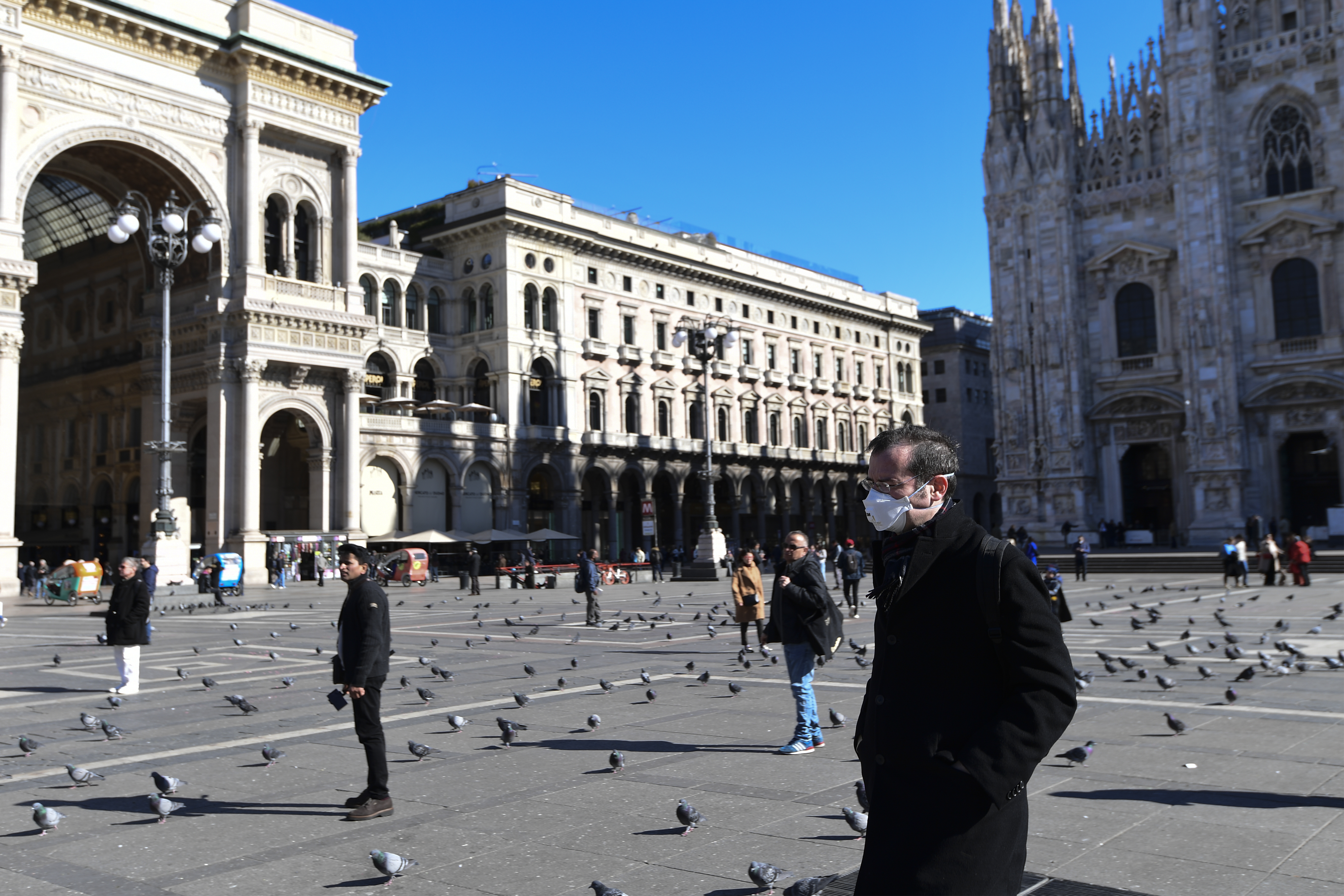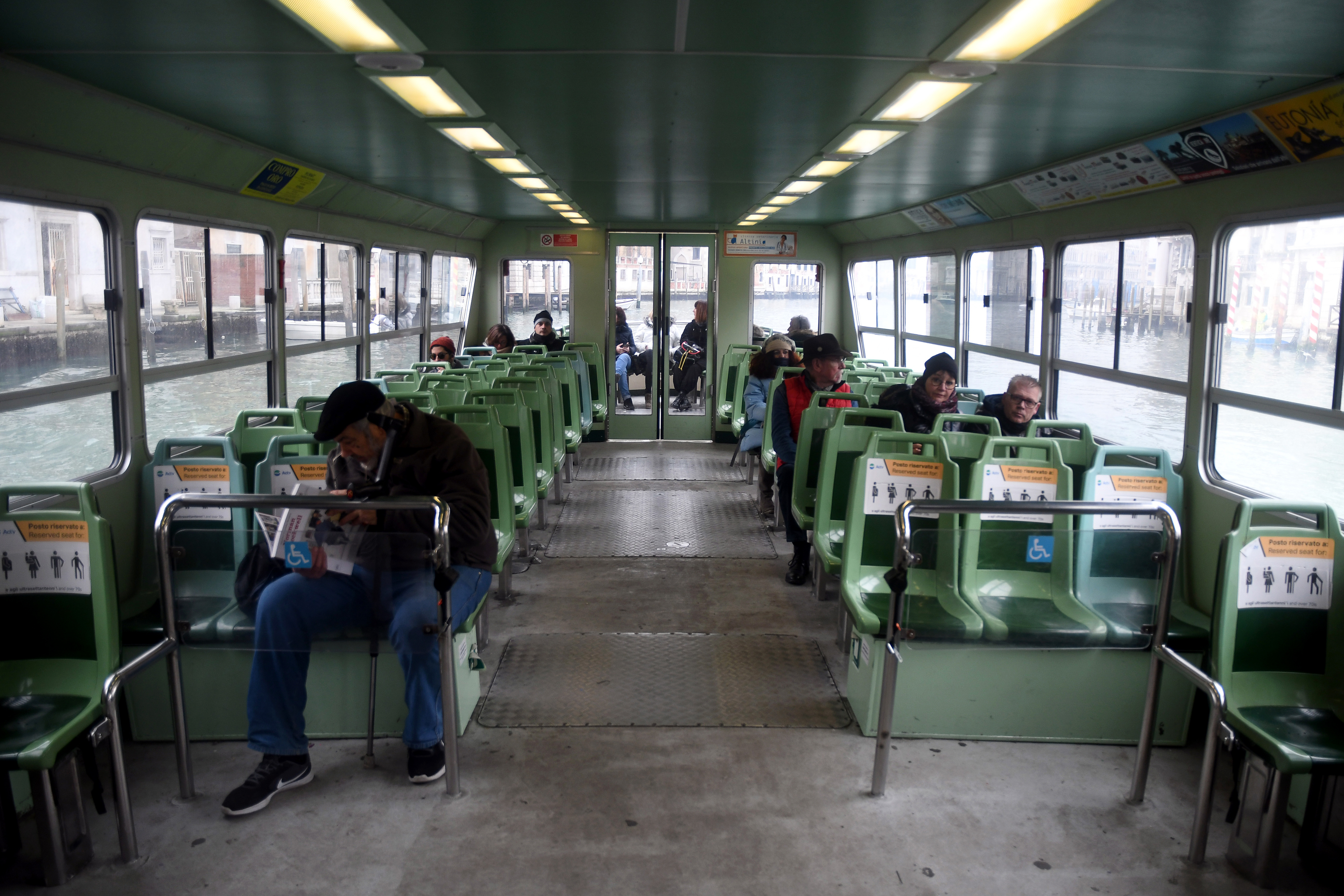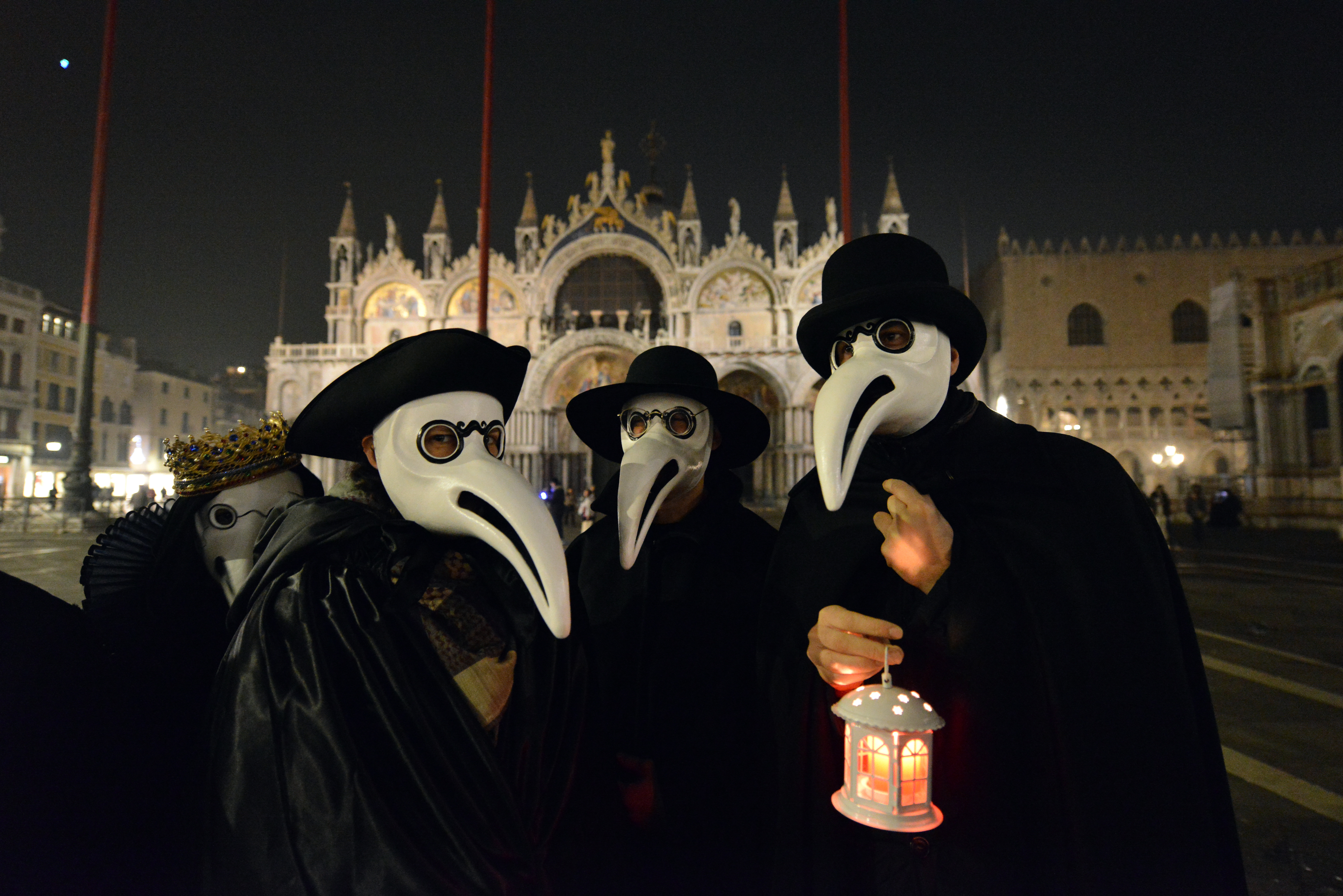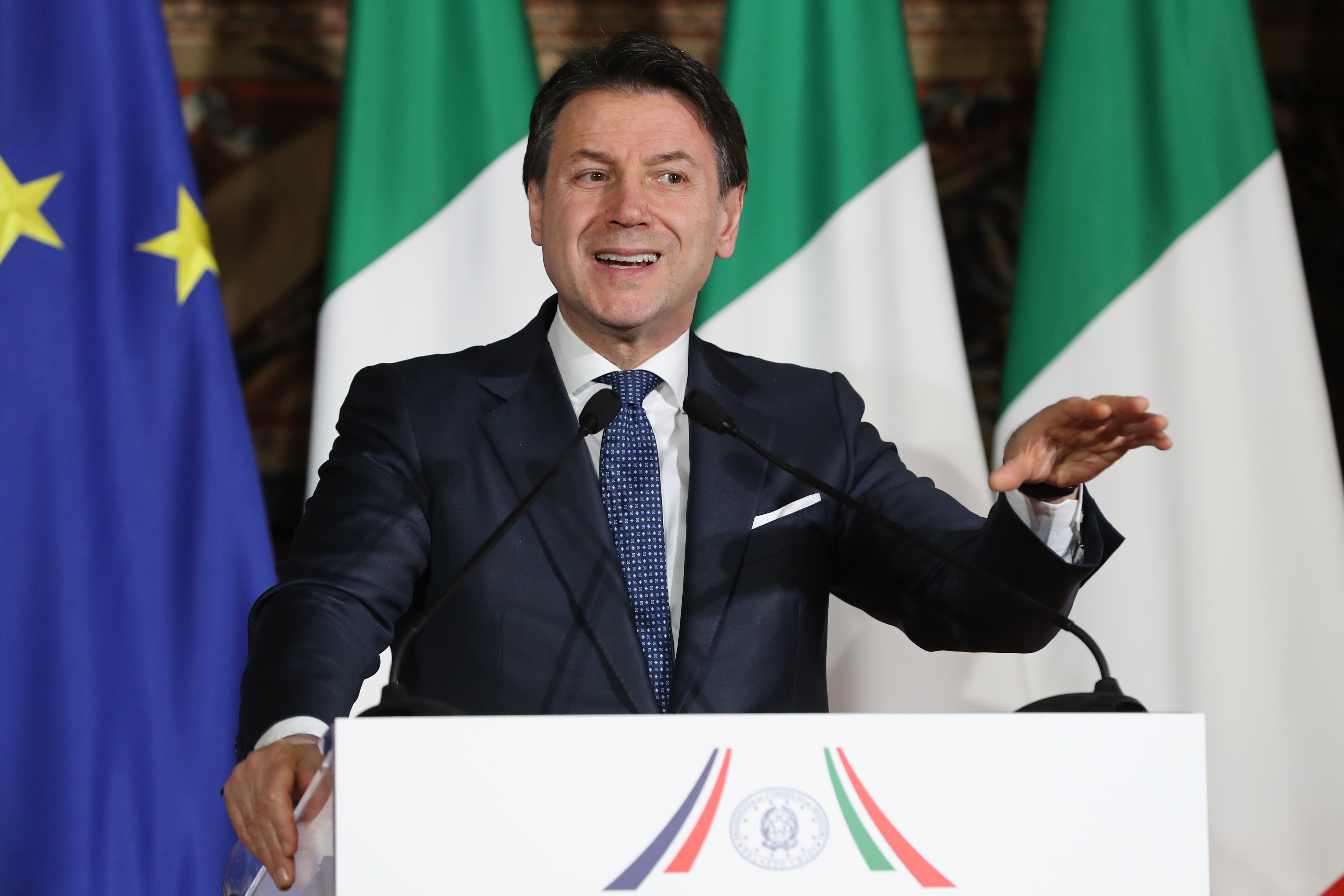
Italy's usually bustling piazzas have been deserted as tourists stay away. /AP
Italy's usually bustling piazzas have been deserted as tourists stay away. /AP
The outbreak of the COVID-19 coronavirus in Italy – the largest outside Asia – may have struck a fatal blow to an already struggling economy, which was lagging all other EU members.
With two of the most productive regions in the country under lockdown in a move to contain the spread of the virus, Italy's economic engine is paralyzed.
The outbreak is impacting two of Italy's most productive regions – Veneto and Lombardy. Together, these two regions represent one-third of the entire national GDP and 40 percent of the country's exports. The temporary closure of companies, factories, schools, universities and museums, alongside the cancellation of sporting events, will have challenging consequences for Italy's economy.
The country's economy was already shrinking in the last three months of 2019 and if economic growth keeps slowing down, as it seems bound to, with the current emergency measures in place, the country will enter what's called a "technical recession" – recognized when the GDP growth rate of a country is negative for two consecutive quarters or more.
As a measure to stimulate the economy and mitigate the impact of the coronavirus outbreak, Italy's government announced plans on Sunday to inject $3.9 billion into the national economy and introduce tax credits for companies that reported a 25 percent drop in revenues.
Italy also plans to ask the EU to authorize an increase in the budget deficit for this year.
Transport and tourism suffer
The sectors suffering the most are transport and tourism, key parts of Italy's economy, in which growth had slowed by about 50 percent and 70 percent respectively by the end of February since the first recorded case of COVID-19 in northern Italy.
Tourism in Italy is worth 13 percent of the national GDP. Images of the city of Venice empty of its usual crowds of tourists have created concerns about what has been described by government officials as "the worst crisis" in the history of Italian tourism.
Although Milan isn't under lockdown, major tourist attractions such as the city's cathedral, the Duomo, have been closed to the public.
According to data shared by Confturismo, in the next trimester Italy could miss out on up to 22 million tourists, resulting in a loss to the country's economy of $2.9 billion.

The country's transport industry has been one of the worst-hit sectors. /AP
The country's transport industry has been one of the worst-hit sectors. /AP
Though no government has issued a travel ban on Italy, the Italian government is having a hard time convincing tourists it's still safe to travel there. Even areas of the country unaffected by the virus are suffering from the international public alarm sparked by the outbreak in the Northern regions.
In less than a week since the first cases were discovered in Lombardy, Italian hotels, B&Bs and travel agencies witnessed the cancellation of $222 million worth of travel and accommodation bookings for the month of March.
This number doesn't include the spending tourists make in bars, restaurants, shops, and other commercial activities across the nation.

Traditional doctor's plague masks may not be enough to fight the coronavirus. /AP
Traditional doctor's plague masks may not be enough to fight the coronavirus. /AP
Italy: A troubled country with a fragile leadership
If there's a person you wouldn't want to be in the shoes of right now, it's Italy's prime minister, Giuseppe Conte.
Conte never had an easy job at the top of Italian politics. He rose to become premier within a troubled, contentious coalition government between the Five Star Movement (M5S) and the League, which lived shortly longer than one year, and then he managed to keep his role in a new coalition government between M5S and the Democratic Party (PD).
He is leading a country with huge issues: a major divide between its north and south, an ageing population – the oldest in Europe, high youth unemployment levels and slow economic growth.
Into this difficult scenario, enters coronavirus. After the first cases were reported in Lombardy and quickly multiplied across northern Italy in the following days, the country was forced to take extreme measures to avoid further contagion.

Italy's prime minister, Giuseppe Conte, has come under fire over the outbreak. /AP
Italy's prime minister, Giuseppe Conte, has come under fire over the outbreak. /AP
After the explosion of new cases in the country, more regions and cities across Italy have been put under similar measures during the past week, but free circulation of people under Schengen has been maintained.
"What do we want to do of Italy, a lazaretto? [a quarantine station for maritime travelers]," said Conte last week during a press conference following an extraordinary meeting of the government that decided to isolate 11 towns in Lombardy and Veneto.
But despite – or because of – the measures taken and the speeches made, Conte has been massively criticized in Italy for the way he's dealing with the emergency and he has come under fire from political opponents.
The country is facing international isolation and its economy has plummeted to the point where recession seems unavoidable and many think Conte is responsible for that, for taking alarmist measures that don't justify jeopardizing Italy's economy.
With 1,577 confirmed cases and the figure rising daily and a death toll of 41 in Italy, the coronavirus outbreak doesn't seem to be easing its grip on the country just yet, but avoiding panic and hysteria will be key to efficiently fight the epidemic and minimize the damage to the national economy.